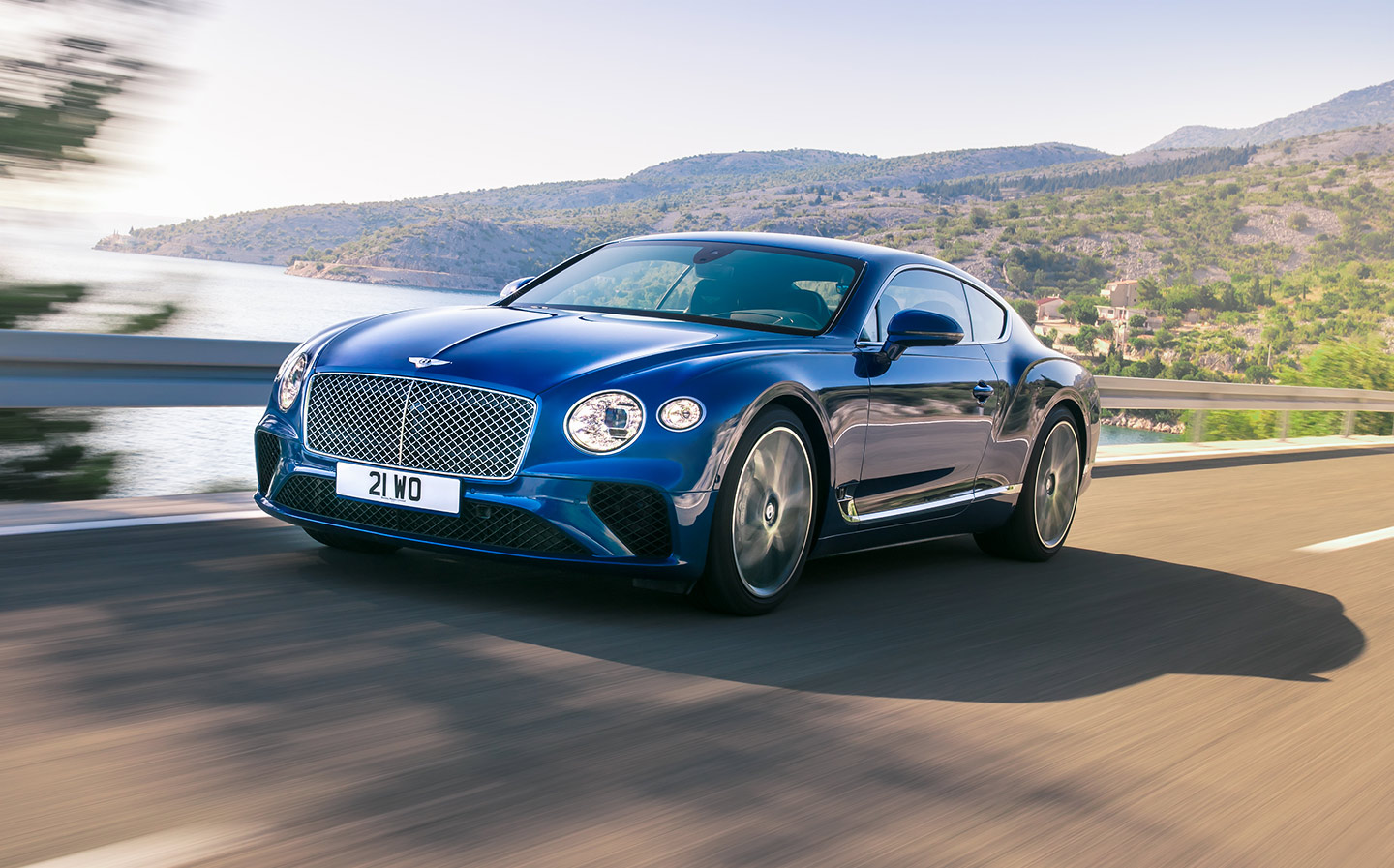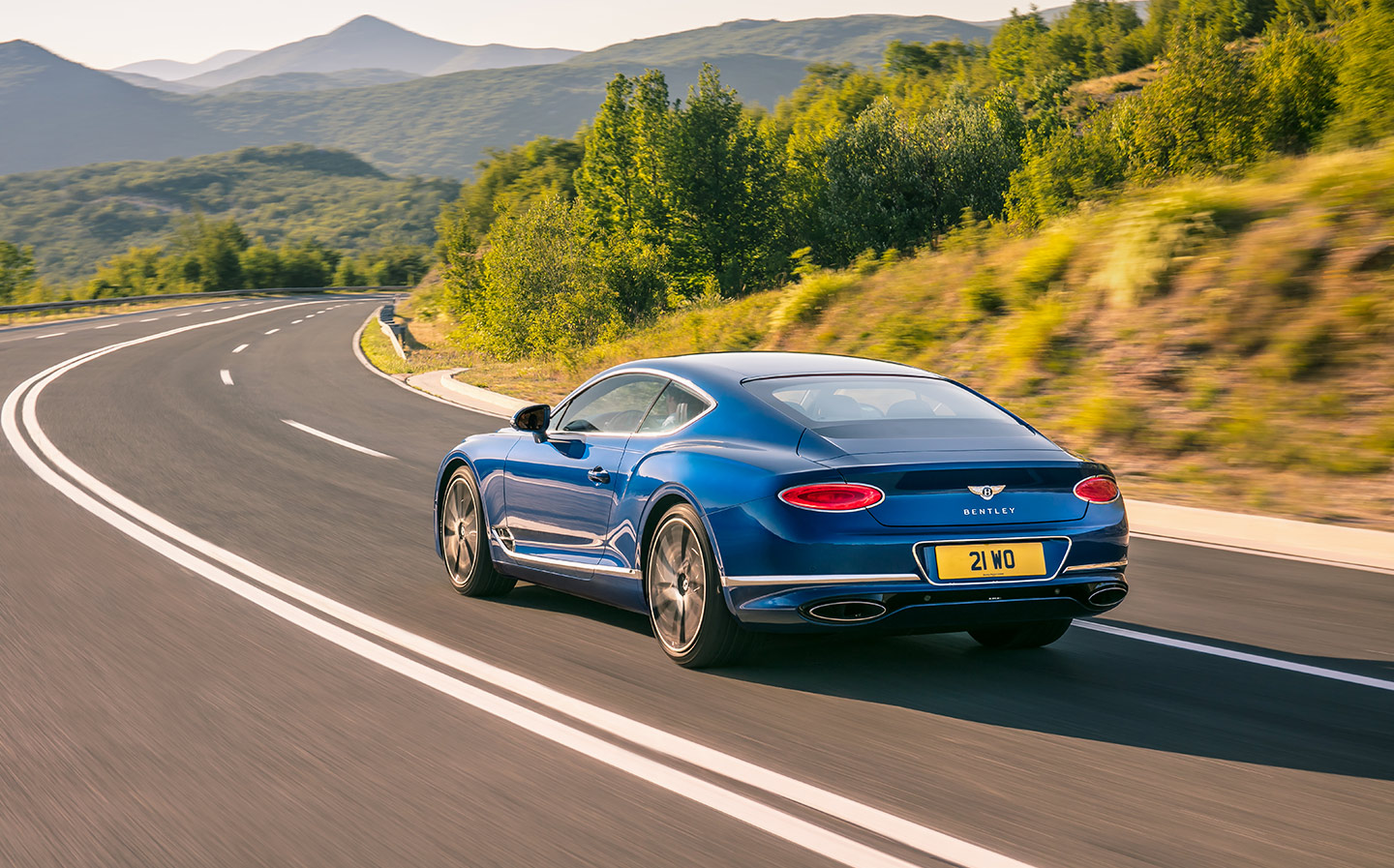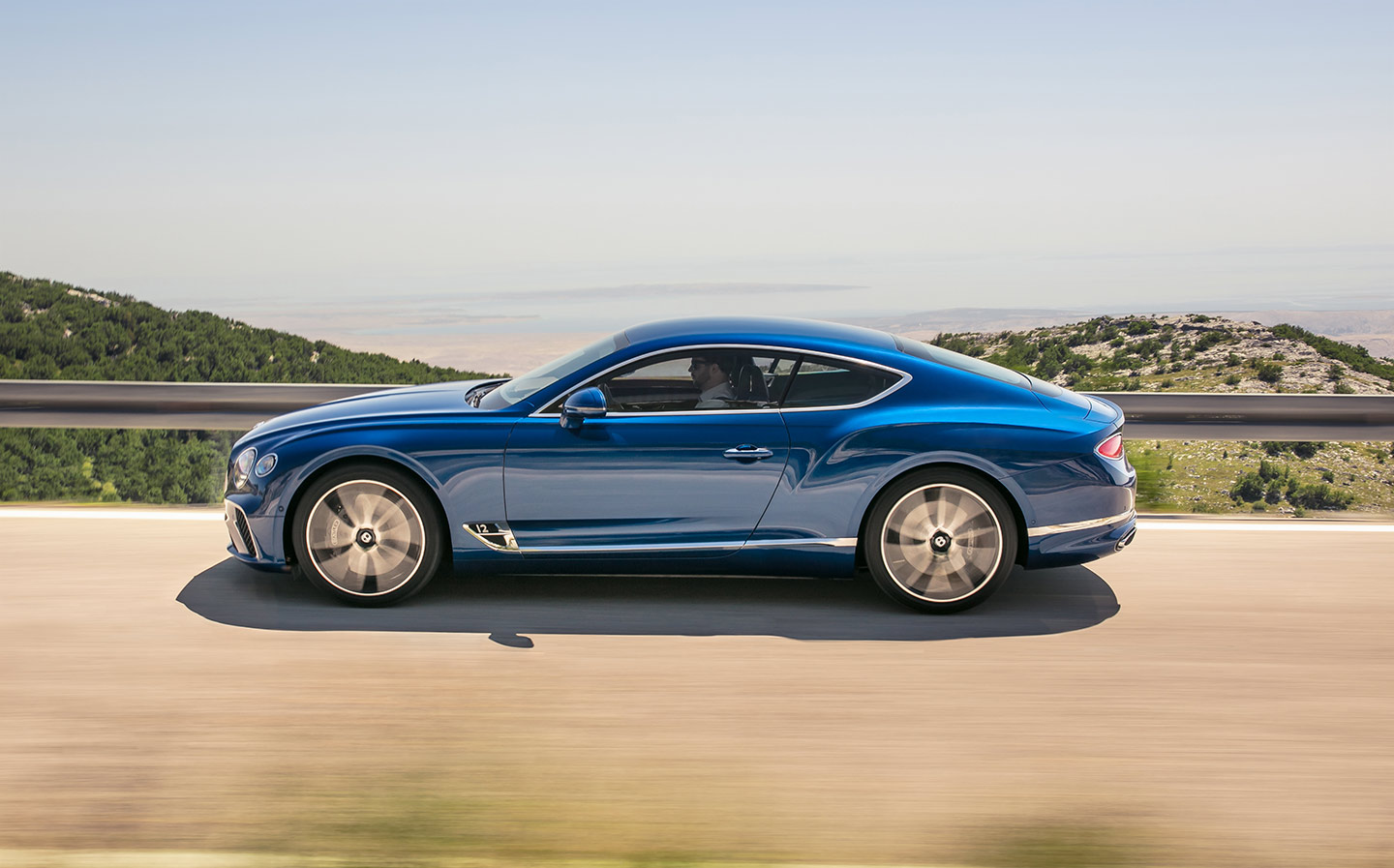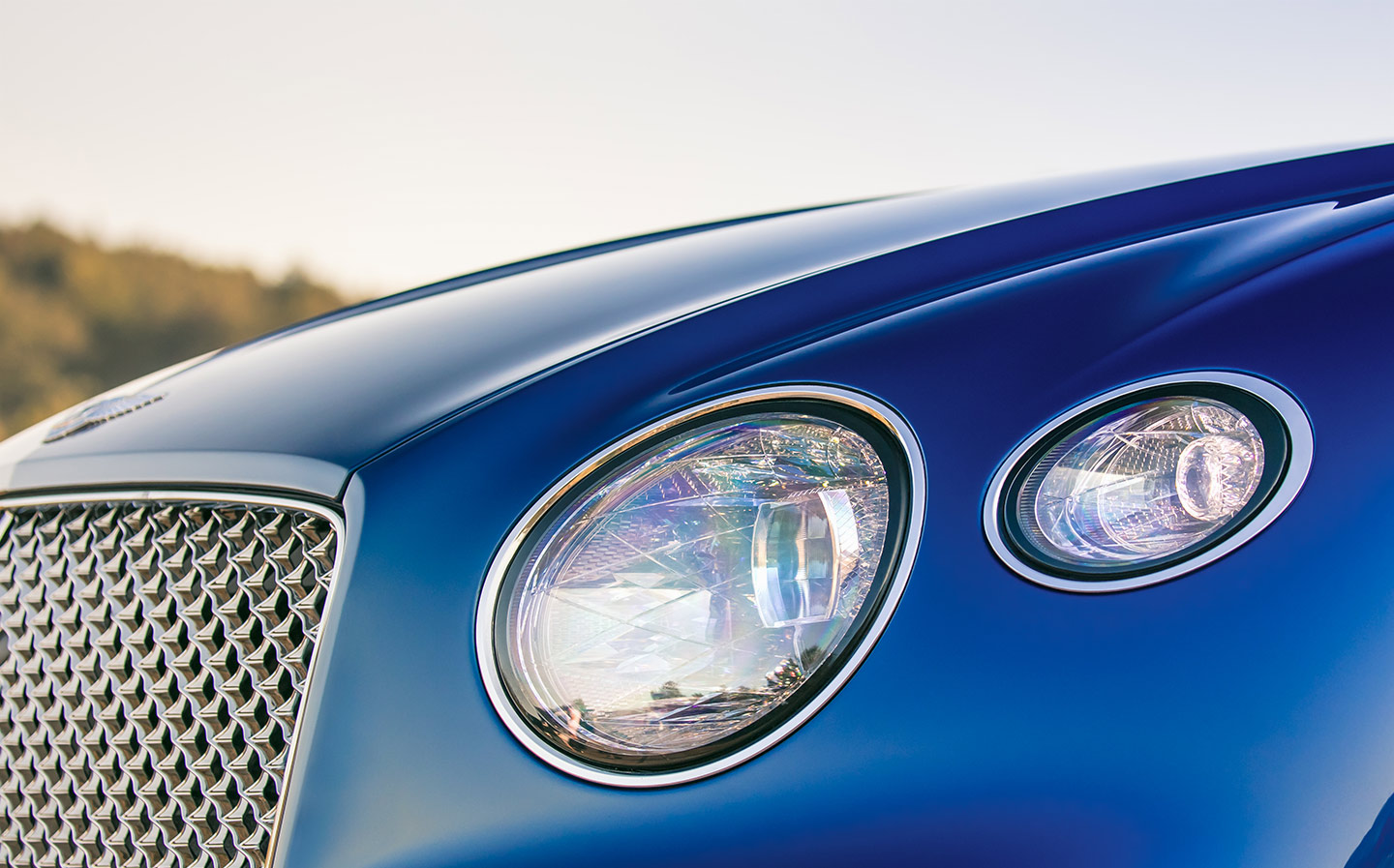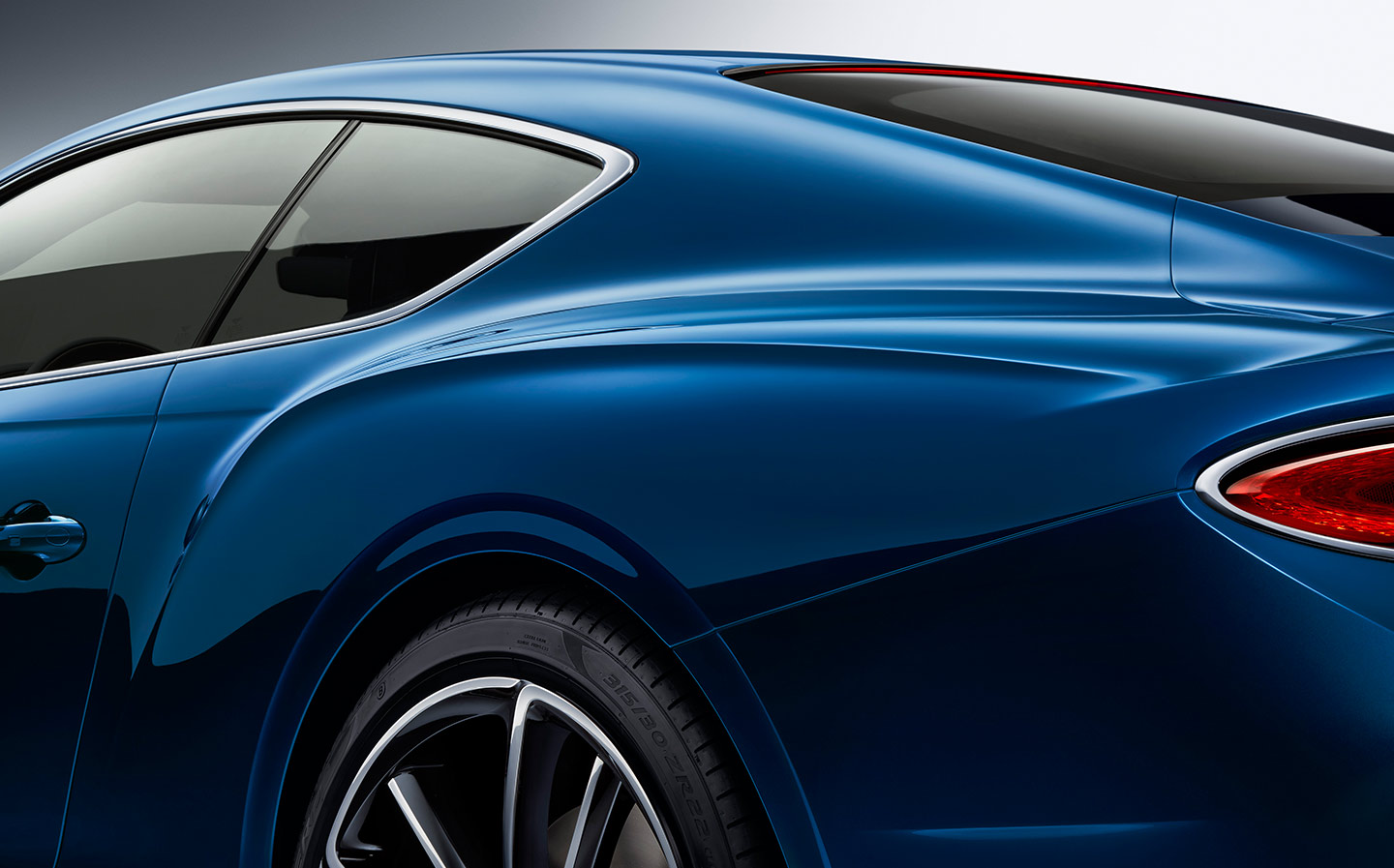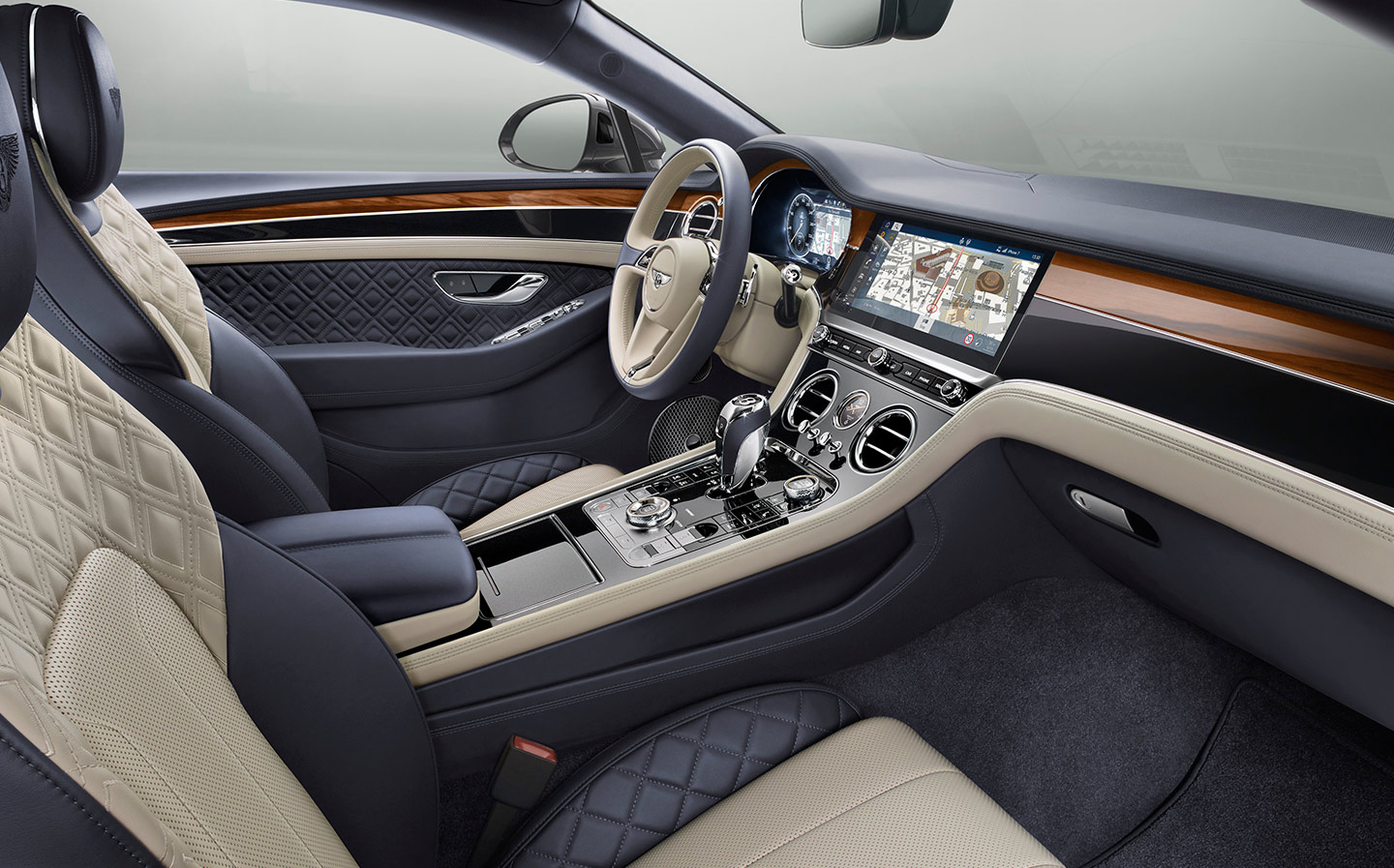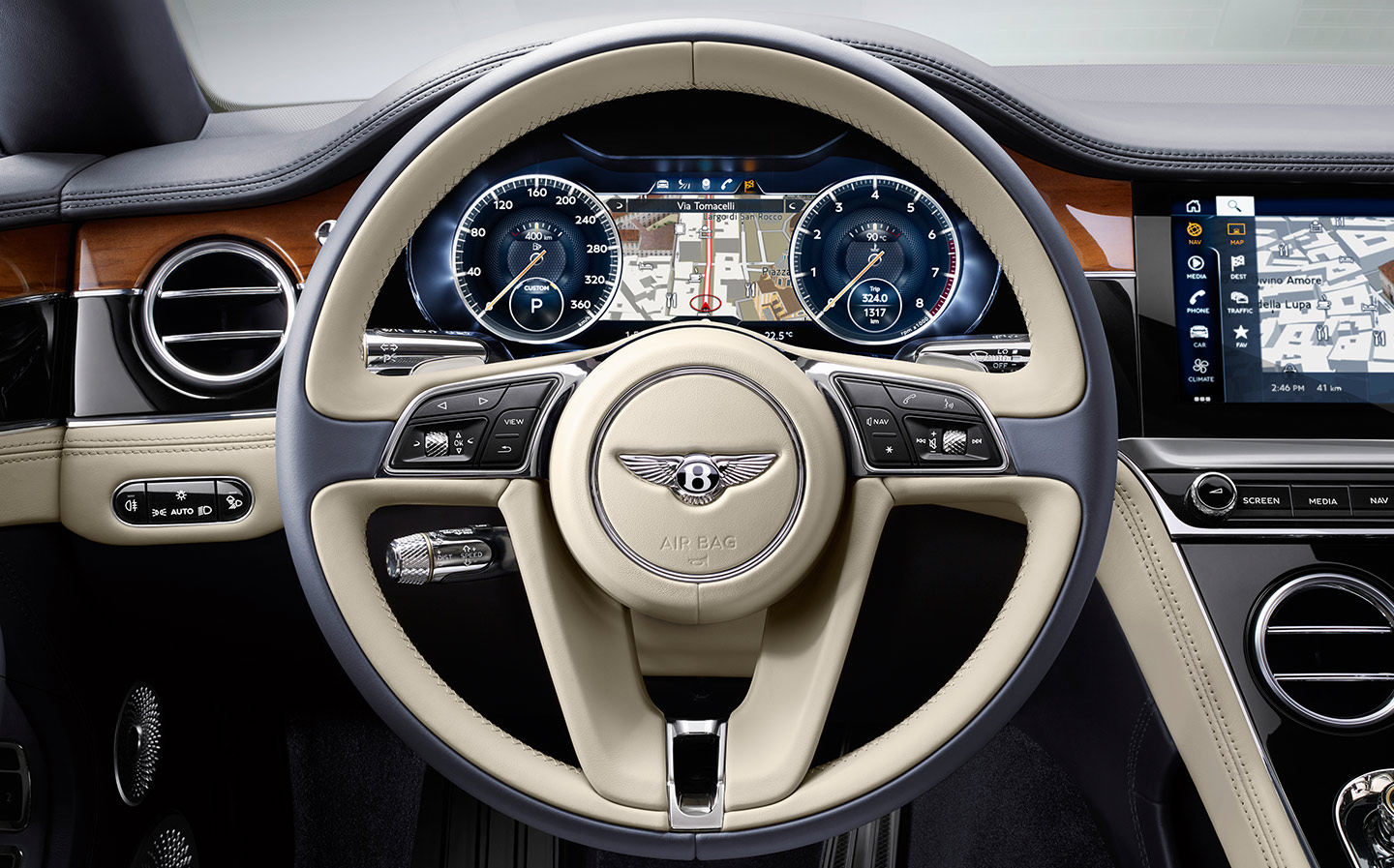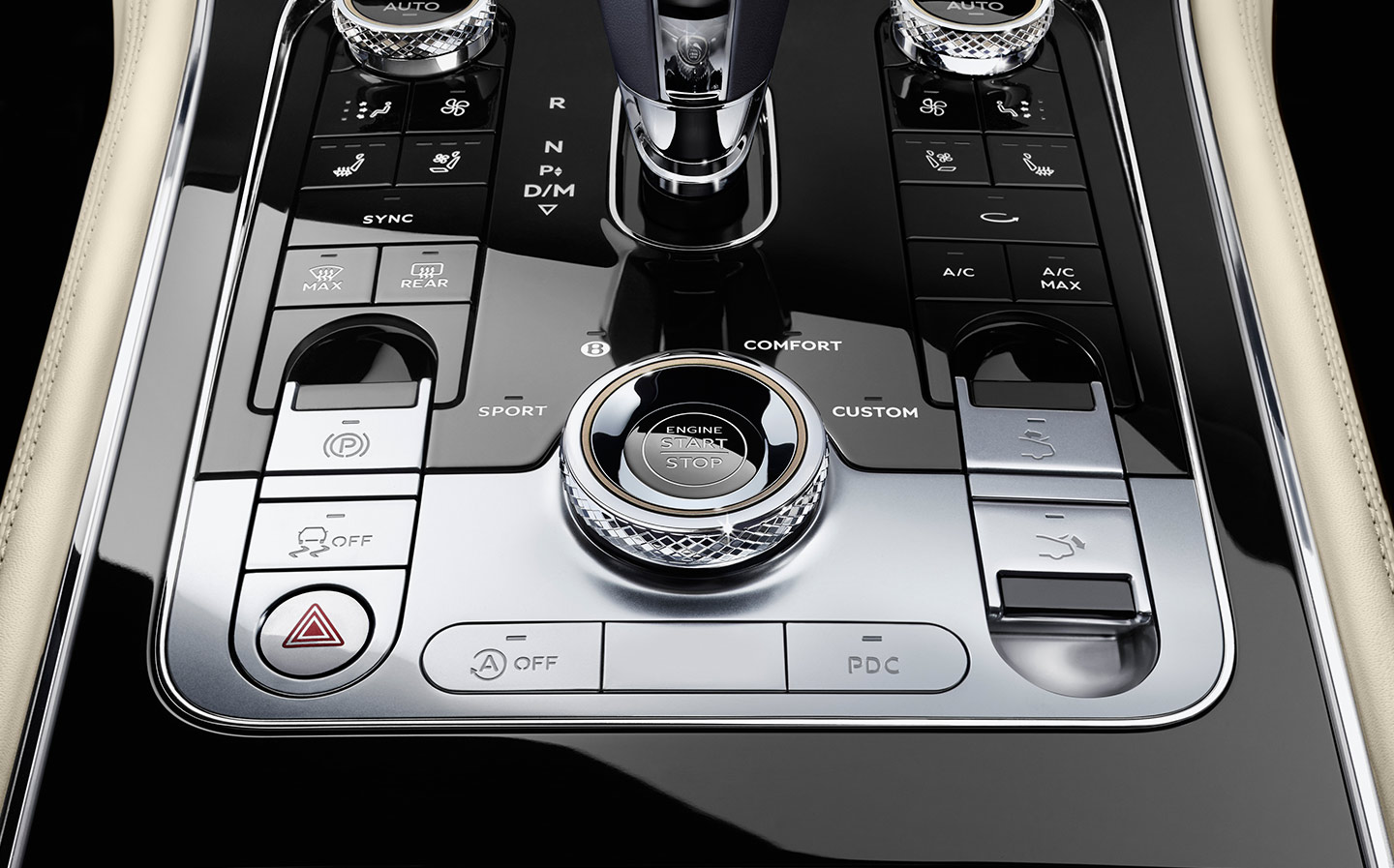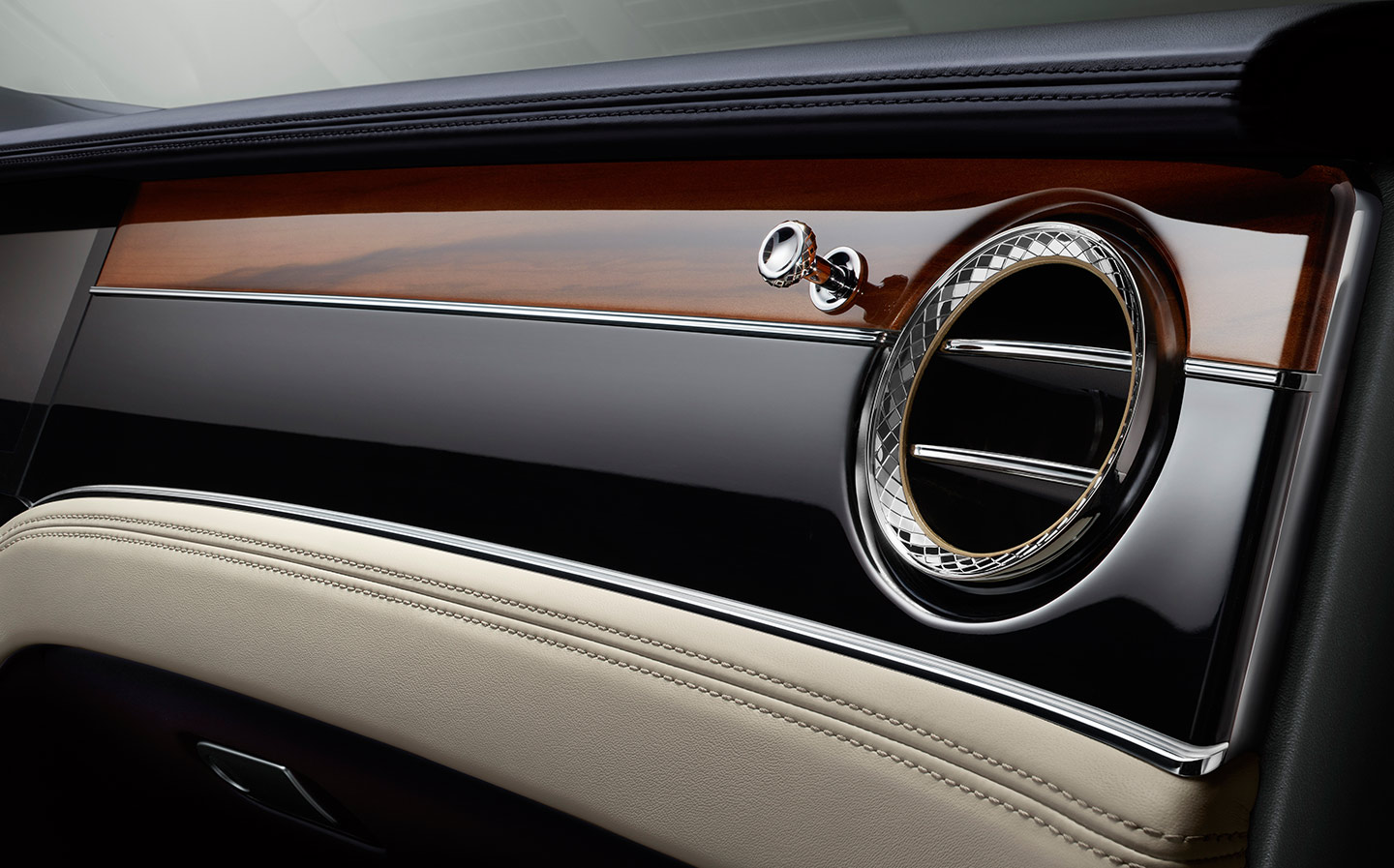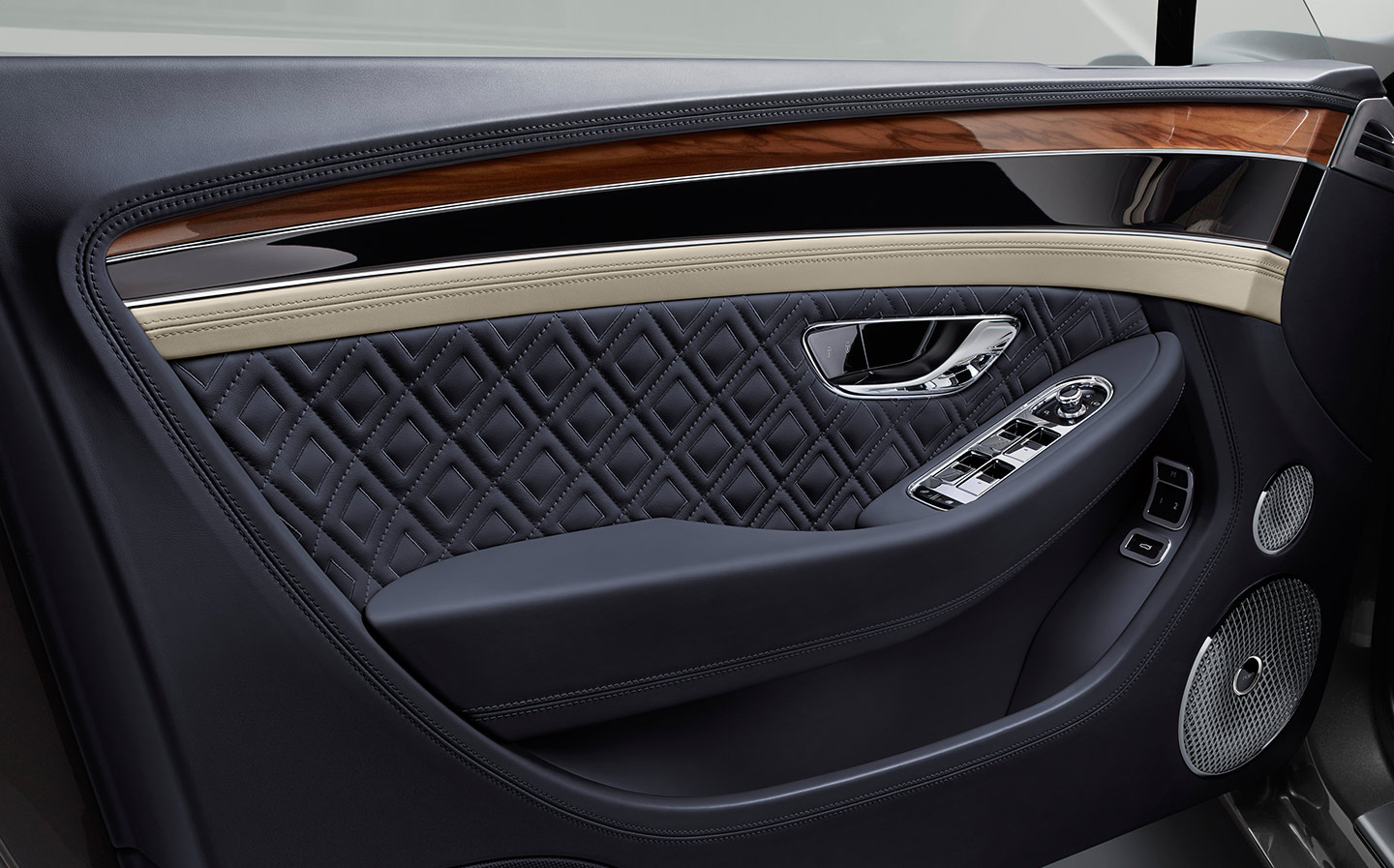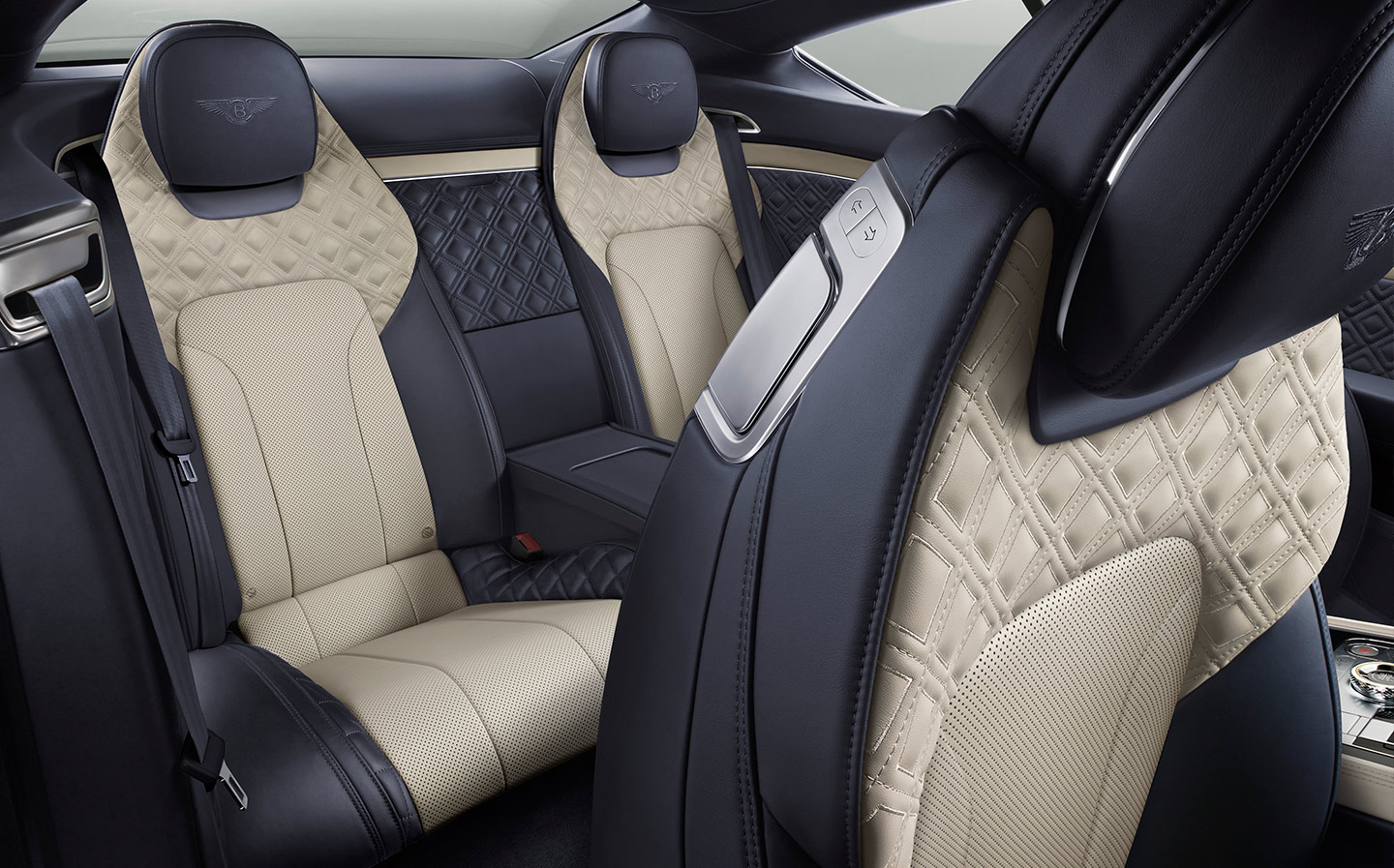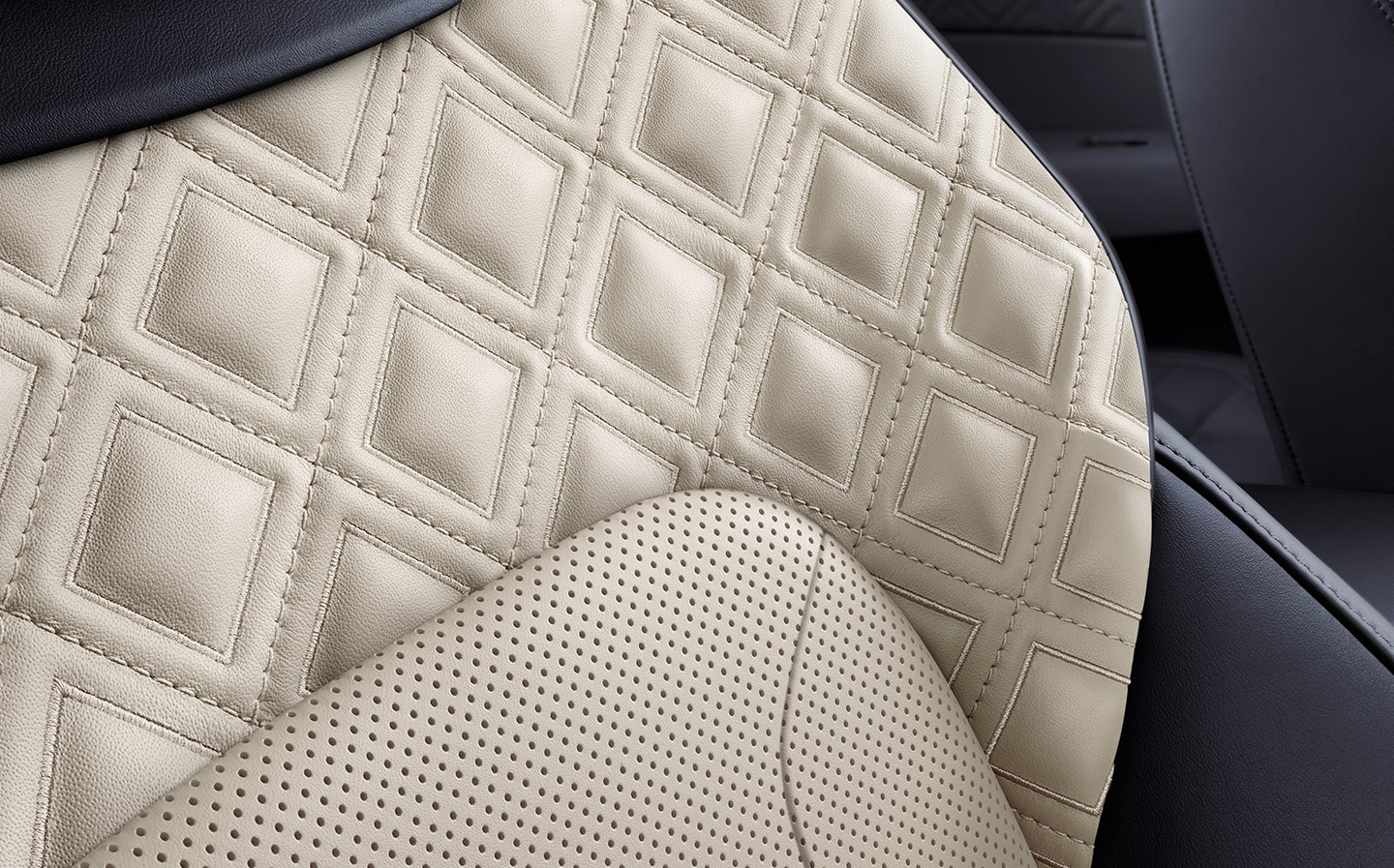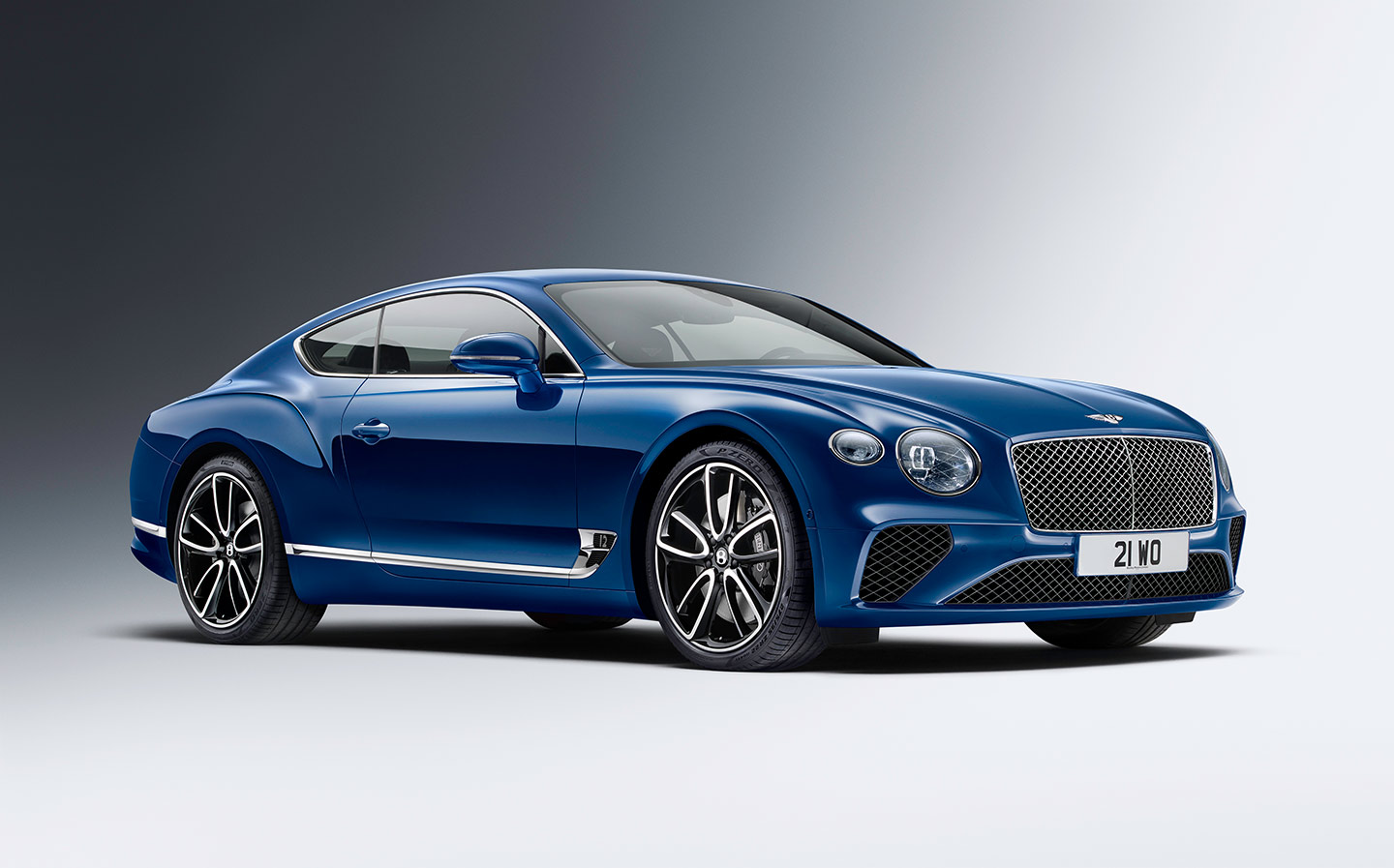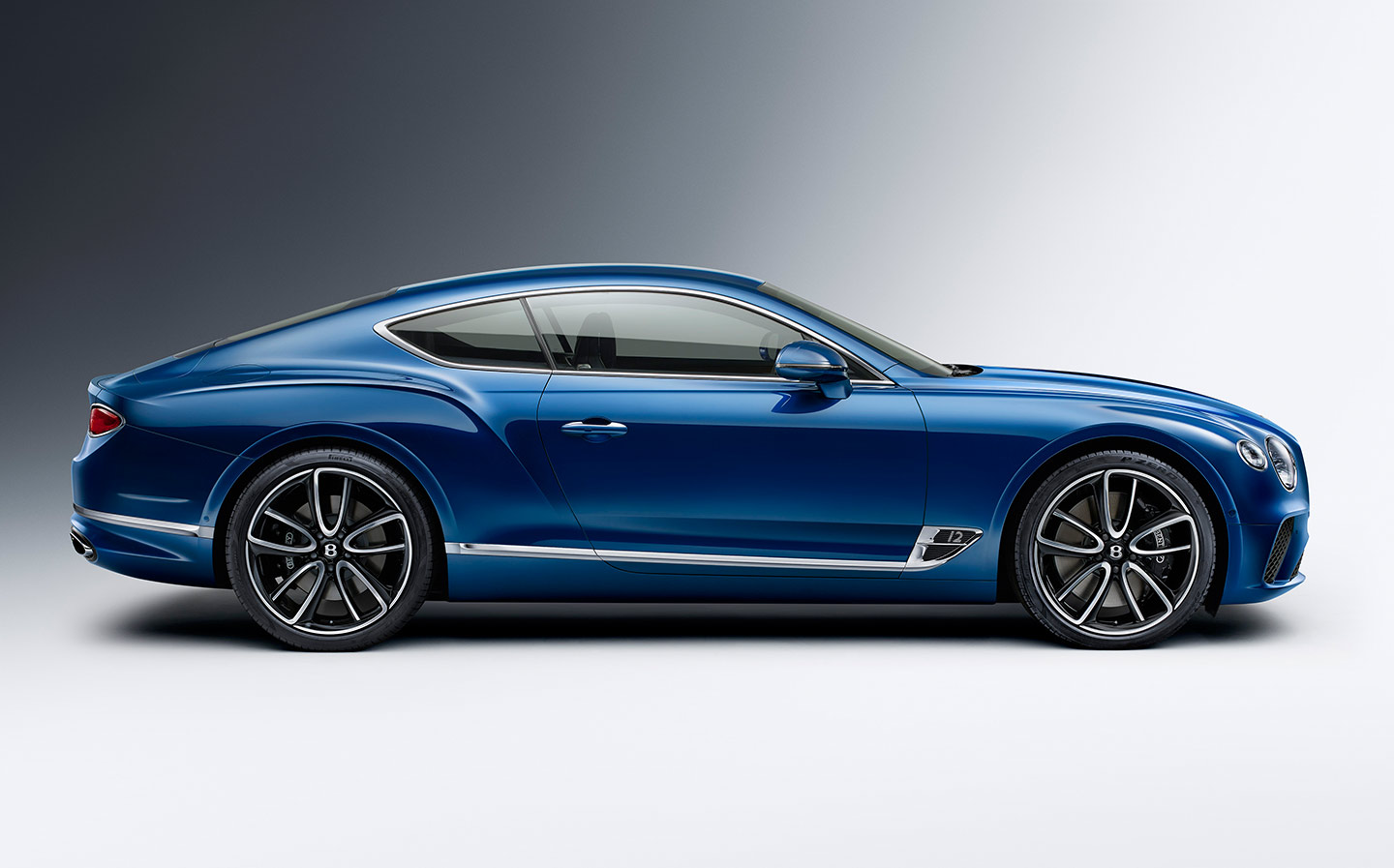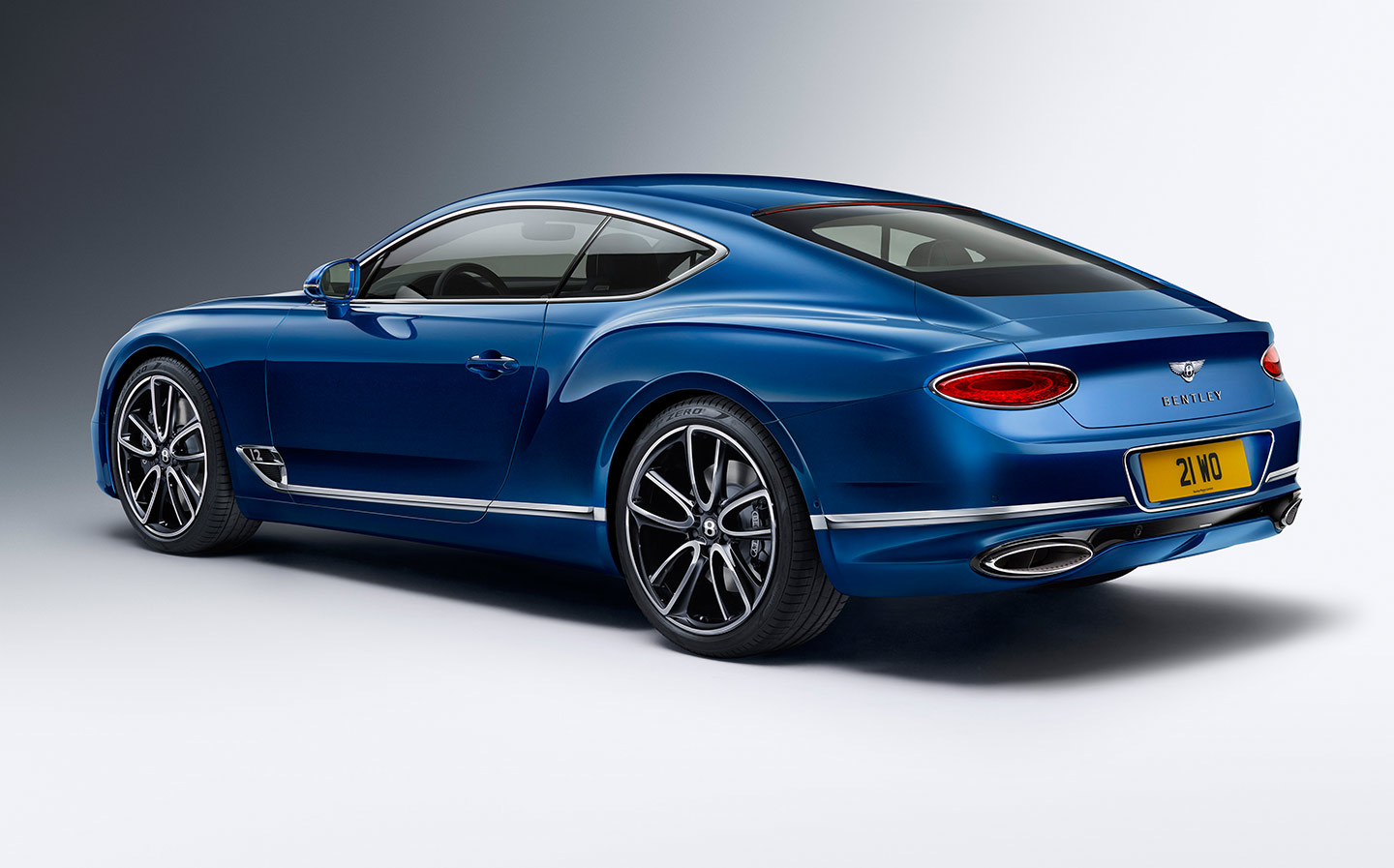Bentley gears up for hybrid switchover with new 2018 Continental GT super-coupé
On sale now with a twin-turbo W12 petrol engine, Bentley's grand tourer will join the drive for greener motoring
WHEN it comes to going a long way fast in first-class comfort, the Bentley Continental GT has always been hard to beat. A common sight in the car parks of football club training grounds since its launch in 2003, the GT has gone on to earn a reputation as the ultimate grand tourer, combining the finest craftsmanship and luxury with the pace of a high-performance sports car and surprising agility (for a car weighing well over 2½ tons).
However, despite extensive revisions and a new-generation model launched in 2010, the Bentley has found itself being rudely upstaged by the competition. And now the global campaign to cut the use of fossil fuels has become more serious, with the British and French governments calling time on diesel and petrol cars.
Step forward, then, the third-generation Conti GT, powered by hybrid technology but, Bentley promises, even more exciting to drive.
Although the Bentayga SUV is expected to get hybrid power, too, Bentley told us that the new Continental GT is its first car to be designed from scratch with electrically assisted propulsion. The super-coupé is expected to combine a turbocharged V6 engine with an electric motor and to have wireless charging technology so drivers don’t have to get their hands dirty from messing about with cables.
However, the hybrid is still some time away. The first version of the 2018 car, on sale now, is powered by the twin-turbo W12 petrol engine found in its predecessor.
The mighty 12-cylinder powerplant now boasts 626bhp – an increase of 44bhp over the outgoing version. Its torque figure is equally impressive: 664 lb ft, available from 1350rpm. The extra oomph knocks three-quarters of a second off the 0-60mph time, taking it down to just 3.6 seconds.
The car has three driving modes – Comfort, Sport and Bentley – and a custom setting that lets drivers adjust the suspension, steering and engine response to their taste.
The W12 has a cylinder deactivation feature, becoming, in effect, a V6 when the driver is taking it easy – this helps bring CO2 emissions down to 278g/km, which sounds a lot compared with, say, the exhaust gases of a Ford Focus but for a luxury barge that goes like the clappers is not bad at all. The eight-speed dual-clutch transmission is said to be a giant leap forward from the old car’s traditional automatic unit.
Bob Teale, the engineer in charge of developing the new Conti, told us one of his key instructions was to ensure the windscreen wipers worked properly at the top speed of 207mph. It’s a telling example of Bentley’s exhaustive testing regime, he said. The obsessive attention to detail is only one side of the operation, though. “Having driven it on ice, I can tell you it’s a fun car,” Teale said.
There are 92 computers, 100m lines of code and five miles of wiring. Trying to locate a fault amid that lot doesn’t bear thinking about
The car still has four-wheel drive, but again the system has been tweaked, so it is now largely a rear-wheel-drive setup that diverts power to the front wheels when the back tyres start to slip. In Sport setting, for instance, 83% of the engine’s power is sent to the rear.
The suspension borrows Audi’s dynamic ride system, with electrically activated anti-roll bars that react to driving conditions. The front brakes consist of 10-piston callipers on 420mm steel discs (carbon ones cost extra) – the largest of any production car, Bentley says.
The body structure of the new Continental GT is loosely shared with the Porsche Panamera and includes aluminium panels pressed with a technique known as superforming, which helps designers achieve complex shapes while minimising weight.
The car sits noticeably lower and is meaner-looking than the outgoing Continental GT. Its wheelbase has been increased by 110mm. Inside, Bentley’s signature look of a wingspan-like dashboard, hand-stitched leather and wood trim continues. The company has responded to owners’ grumbles about the old car’s dated technology, giving the new model more gadgets and gizmos.
Most eye-catching is a panel in the centre console that rotates like James Bond’s changeable numberplate in Goldfinger, using a mini gearbox, two motors and 40 moving components to swivel around. Drivers can choose from three faces: a retina display touchscreen, for the infotainment system, three analogue dials (stopwatch, temperature gauge and compass) or a blank surface matched to the dashboard finish.
The infotainment system can pair with two smartphones, giving driver and passenger phone, music and internet access. There’s a 10-speaker, 250-watt stereo as standard, or a B&O 16-speaker, 1,500-watt option. If that’s not enough, a Naim 18-speaker system will drown passengers in 2,200 watts of sound.
The key stores cabin settings: different drivers are recognised and the seat and controls automatically adjusted to their taste before they’ve climbed behind the steering wheel.
Underpinning the car’s technology are 92 computers, 100m lines of code and five miles of wiring. Trying to locate a fault amid that lot doesn’t bear thinking about.
One appealing aspect of the Continental GT has always been that it boasts four proper seats and a reasonable boot. This car adds a smidgen of headroom over the back seats, by lowering the seating position, and has a wider boot aperture than the last model.
When we asked Bentley whether it is planning a diesel version, it seemed to hedge its bets. A V8, twin-turbo petrol variant will appear, as will a convertible, but as for a V8 diesel unit (as in the Bentyaga) Bentley admitted only that the car is engineered to accept it.
And the hybrid model? Just don’t expect it to be anything like a Toyota Prius.
2018 Bentley Continental GT features and upgrades
- Lighter and stiffer The new car is 100kg lighter than the outgoing Continental, thanks to the introduction of aluminium components into the chassis, which it shares “loosely” with the new Panamera from sister company Porsche. Bentley says it worked on it with Porsche from day one, and actually pushed for a stiffer design than the German marque needed for its use.
- Cooler brakes Drive the old Conti hard and the brakes would cook fairly rapidly — there’s a lot of metal and leather to stop, after all. The body now channels air better onto the brakes, to keep them cool. Steel brakes are standard but buyers can opt for carbon upgrades.
- Improved ride Bentley’s 48V Dynamic Ride system, which was first demonstrated in the Bentayga SUV, stiffen the anti-roll system when the car is driven at speed and loosens it up on uneven surfaces. It should improve help keep the new GT flat through corners when driving hard, while improving overall comfort in everyday situations.
- Smart four-wheel drive The old Bentley sent power to all four wheels but it was a mechanic, fixed set-up dividing torque 40/60 front to rear. The new car will be set to rear-wheel drive by default but sends power to the front when extra grip is needed. In addition, VW Groups latest stability control system is used, which should monitor and respond to wheel slip in all four corners with lightning speed.
- Re-tyring The old Continental GT had tyres that were the same width all round, but the new car has wider rims at the rear, which Bentley says better suits the more sophisticated electronic drive systems.
- Electric steering Power assistance for the steering now comes via an electric motor, rather than a traditional hydraulic set-up.
2018 Bentley Continental GT W12 specifications
- Engine 5998cc, W12, twin-turbo, petrol
- Transmission 8-speed dual-clutch auto with manual mode
- Power 626bhp
- Torque 664 lb ft @ 1350rpm
- CO2 278g/km
- 0-60mph 3.6sec
- Top speed 207mph
- Price £156,700
- On sale Now


